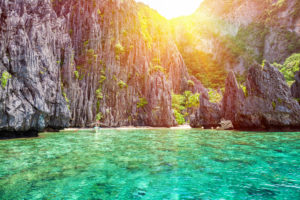ABOUT PALAWAN ISLANDS
Palawan Islands, the Philippine’s Last Frontier
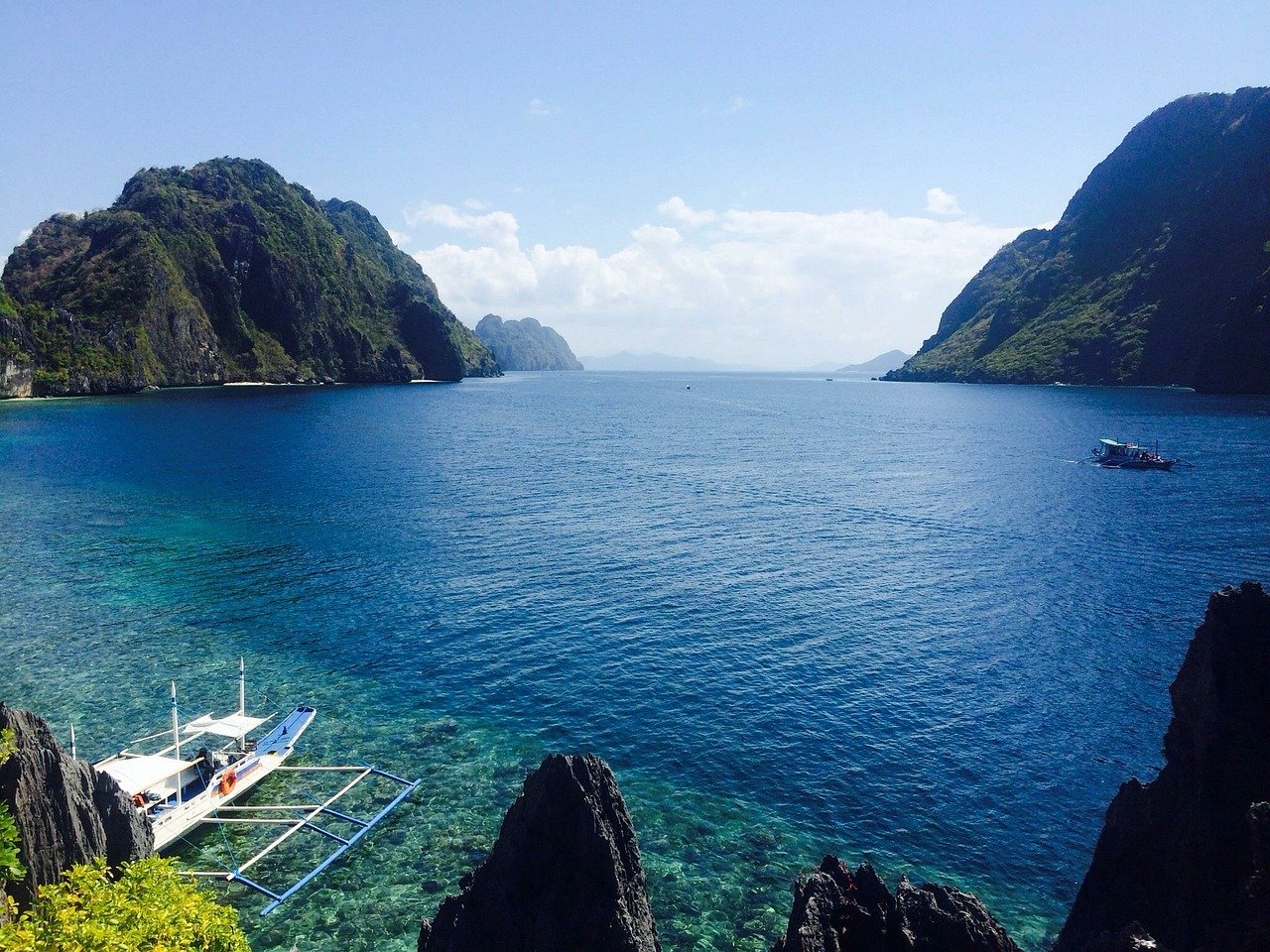
By Maria Mercedes, Senior Traveler
Palawan is no longer the inaccessible, remote location that many people, even some Filipinos, think it is. So if you feel the sudden urge to let go of your daily stresses and immerse yourself in nature, the laid back beautiful beaches and protected wildlife parks of Palawan await you with a smile.
At the time of this writing, Palawan province is the largest province in the Philippines. (Awaiting a plebecite, it may be divided into three provinces in 2020.) It has a total land area of a little over 17,000 square kilometres. It is a collection of islands, the largest of which is Palawan Island. Yes, the name of the biggest island of the province has the same name. This long and narrow island is where Puerto Princesa, the province’s largest city, as well as the main airport, is located.
Palawan Island, the main island of Palawan province, is a long and narrow island 50 kilometers wide and 450 kilometers long. It is surrounded by other smaller islands, the Calamian Island group to the north, the Cuyo Islands group to the northwest, and the Balabac-Bugsuk group to the southwest.
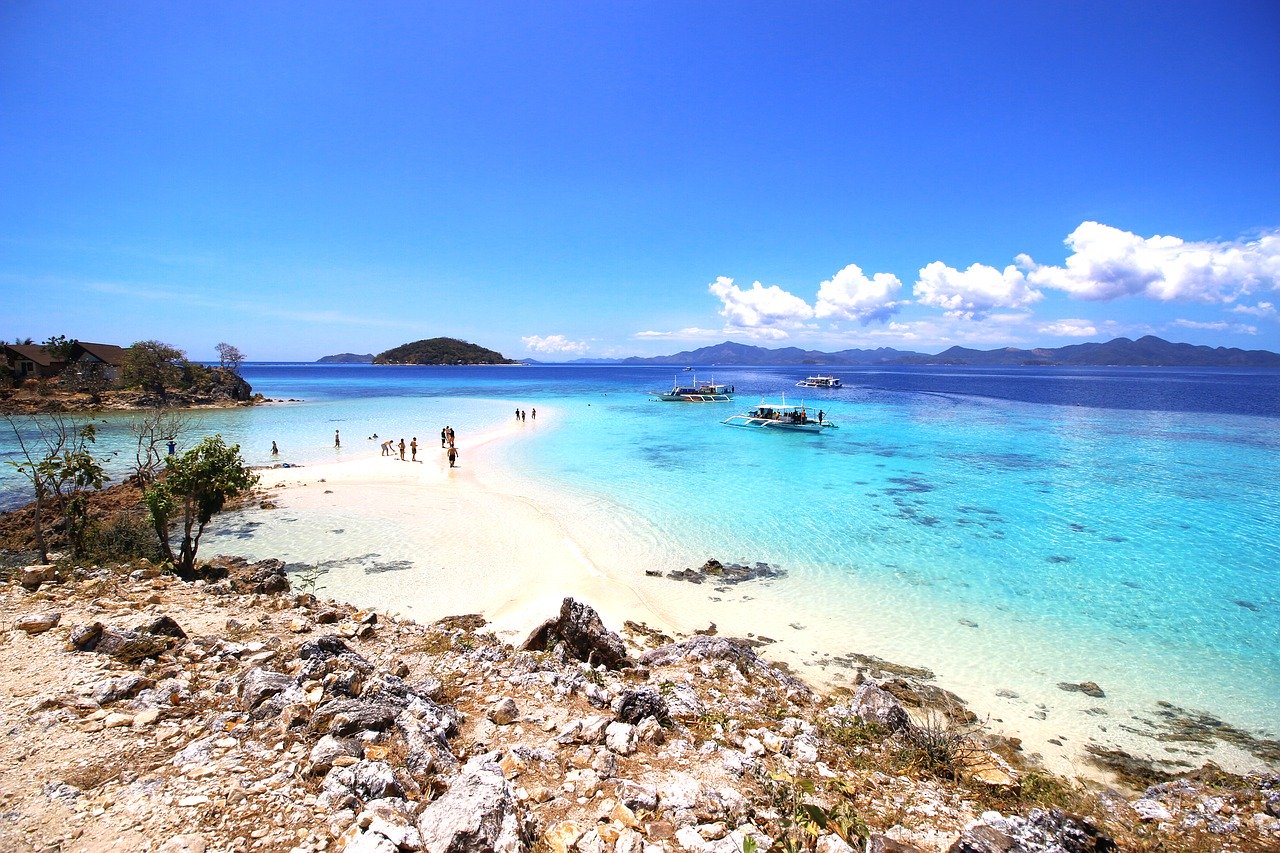
Palawan has consistently been voted The Most Beautiful Islands in the World by different surveys of world travelers. The photo on the left is of Malcapuya Island beach.
Photography by Jay Park
Its many beaches are perhaps the biggest draw. Palawan’s beautiful beaches are nestled amidst other nature’s attractions like natural lagoons and limestone cliffs rising from the sea attracting people from all over the world. You need to experience Palawan beaches first-hand to fully understand why they are consistently voted as some of the world’s most beautiful. Most of these beaches have crystal-clear waters and sugar-white sand. One of the most popular beaches in Palawan, the Snake Island of Honda Bay is little more than a sand island. The world famous El Nido, situated on Palawan Island’s northern side, offers some of the most beautiful beaches in the Philippines. The scenic beach on Malcapuya Island is stretch long along the coastline of the island, features very unique rock formations with powdery soft white sand.
Mr Jacques Cousteau himself, a filmmaker, undersea explorer and famous marine conservationist, declared that Palawan boasts one of the world’s most beautiful seascapes. And most people would agree!
Palawan Province is famous for its nature reserves and attractions
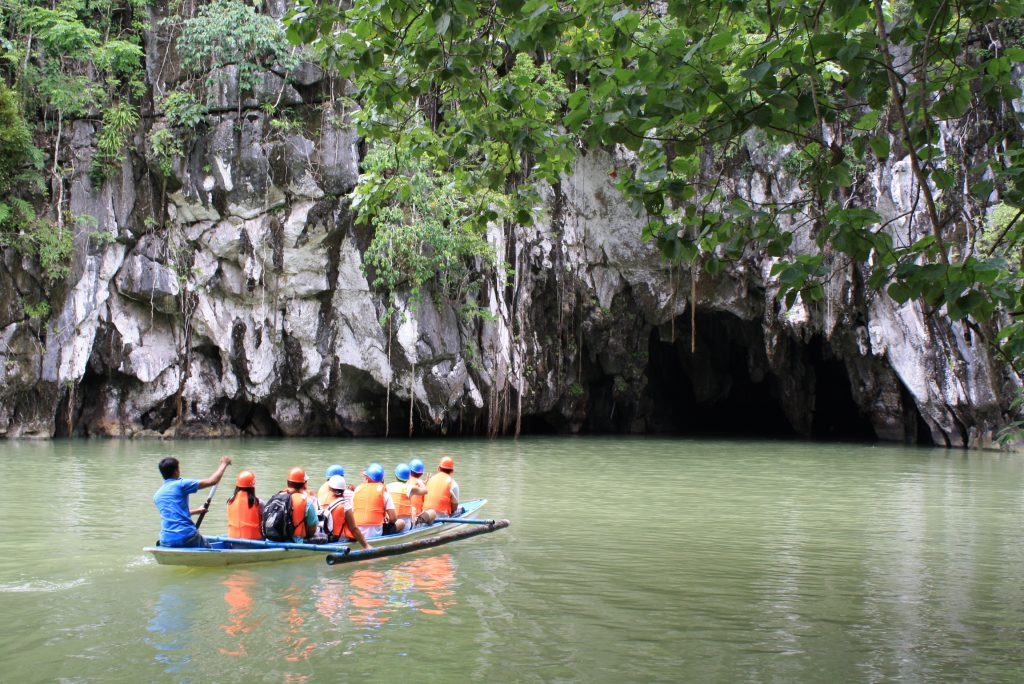
Palawan Puerto Princesa Underground Subterranean River
For visitors, the appeal of Palawan lies in its unspoilt natural beauty: its forests, bays, beaches, cliffs and coral reefs, many of which are now protected.
UNESCO World Heritage Subterranean River National Park, an 8.2-kilometer navigable underground river, that channels through a spectacular limestone cave featuring beautiful stalactites and stalagmites before emptying out into the South China Sea. Since 1986, the cave has been open to the public and draws over 300,000 tourists annually. Cave visits still occur in small boats and no technical installations have been made outside or in the interior of the cave, leaving the subterranean river park in a pristine state.It is accessed from Sabang, a village on Palawan’s north-western coast.
Sabang. Inland from Sabang’s glorious stretch of sand, trails lead to the forested hills and miles of unexploited natural beauty. Sabang is reached by jeepney along small roads and with just a few cottages providing accommodation and amenities for visitors, it remains the sleepy, unspoilt village that it has always been.
UNESCO World Heritage Marine Park Tubbataha Reefs. For marine life, one of the most important sites in Palawan is the Tubbataha Reef, a vast area of coral shoals in the Sulu Sea nine hours by boat from Puerto Princesa. The Tubbataha Reefs National Park was designated a World Heritage Site by UNESCO in December 1993 for its impressive marine species density and its protected breeding site for birds and sea turtles. Far out to sea, it is generally visited only by live-abroad dive boats, which come to the area between March and May. The site is a remarkable view with its pristine coral reef and a stunning 100-m perpendicular wall, wide lagoons and coral islands. In 2008, the reef was nominated for the New 7 Wonders of Nature.
Coron Reefs in Busuanga. Coron is the largest city on Busuanga Island off Palawan Island’s coast. Aside from Puerto Princesa, Coron is a convenient epicentre for staying or travelling to many other resorts in Palawan. From Coron, visits can be made to other islands in the group, including the rest of Busuanga, Coron Island and Calauit Island. Blessed with secluded beaches surrounded by cliffs that provide island-hoppers and adventurers spectacular views of limestone cliffs. For divers, the town is also the starting point for trips to the wrecks that dot Coron Bay. This is one of the best wreck-diving sites in east Asia, created by an American bombing raid which sank a fleet of Japanese supply ships here in 1944.
Coron Island, a jagged limestone island similar to those found at El Nido, is inhabited by the Tagbanua people, a shy cultural minority. Only one part of the island is open to visitors, the beautiful Cayangan Lake.
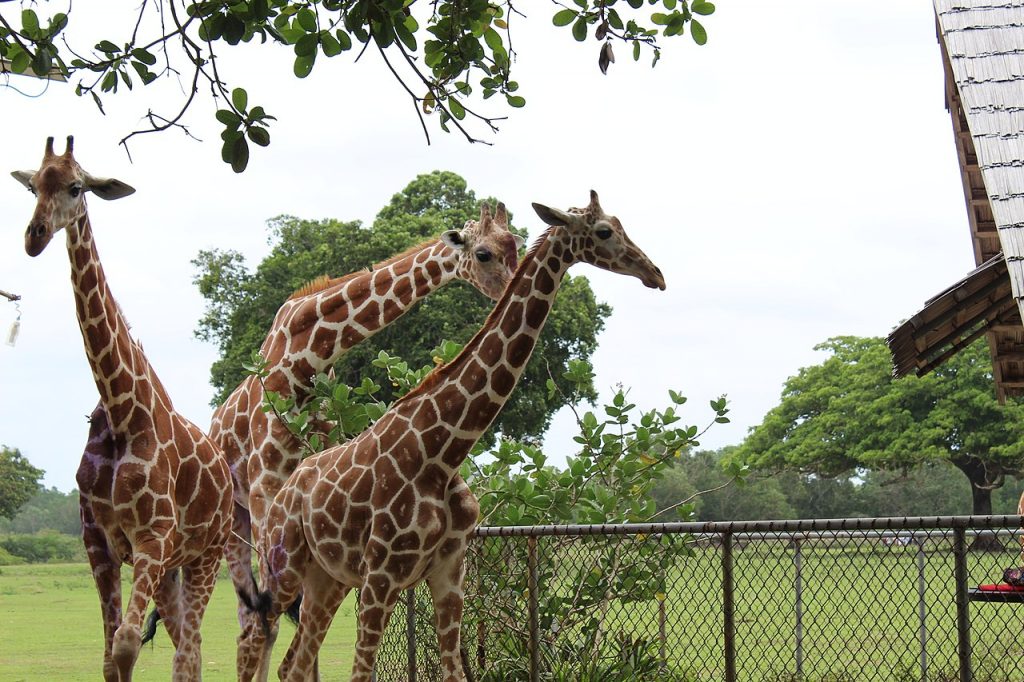
Giraffes at the Calauit Safari Park. By Jordan Balintac
Calauit Game Preserve and Wildlife. Calauit Island, to the north of Busuanga, hosts the Calauit Safari Park, a 3,700 square kilometer national park, the unique wildlife sanctuary that was originally established in 1976 as a game reserve and sanctuary of exotic African animals and endangered animals of Palawan. It has since then thrived with the successful conservation of several of animal species endangered in the Philippines.The rangers organize daily tours, which guarantee good sightings of wildlife roaming freely within the park.
El Nido beaches and Marine Reserve Park features some of most beautiful beaches and marine parks in the world. Five species of endangered sea turtles are also present in El Nido and Taytay, marked by limestone cliffs above ground, and underwater by thousands of species of tropical fish and coral. El Nido town itself exudes a picturesque elegance. And out in the sea, hides lagoons with limestone cliff walls. The seawater is so clear that schools of fish are visible to the eye.
Malampaya Sound, Land and Seascape, an important watershed and fishing ground. It is considered one of the Philippines’ finest natural harbors and one of the richest fishing grounds in Palawan. It is an important feature for the province of Palawan’s ecology and economy. The Sound is both terrestrial (land) and aquatic (sea) environment with a variety of ecosystems consisting of mangroves, coral reefs and seagrass beds, as well as a variety of endemic flora and fauna. The sound is the only known habitat in the Philippines for Irrawaddy dolphins.
Ursula Island and Rasa Island Wildlife Sanctuary, a haven for migratory and wintering shorebirds and seabirds, and marine turtles.

A protected mangrove
Photograph by CCPAPA
ECO-FRIENDLY TOURISM
Ecology awareness is at a high level throughout the province. Puerto Princesa prides itself as the cleanest city in the Philippines. To protect its megadiversity, only eco-friendly programs are adhered to by tourist establishments. And there are strict ordinances against dynamite fishing, with only net and line fishing allowed. Palawan may have opened itself to tourism but it has also taken serious efforts to preserve this last frontier.
BRAGGING RIGHTS
Mr Jacques Cousteau himself, a filmmaker, undersea explorer and famous marine conservationist, declared that Palawan boasts one of the world’s most beautiful seascapes. And most people would agree! Palawan Island has been voted World’s Best Island in 2013 in an annual world travellers survey, regained its Best ranking in 2016 and again in 2017. It is now back as Second-best Island in the World in 2019.


